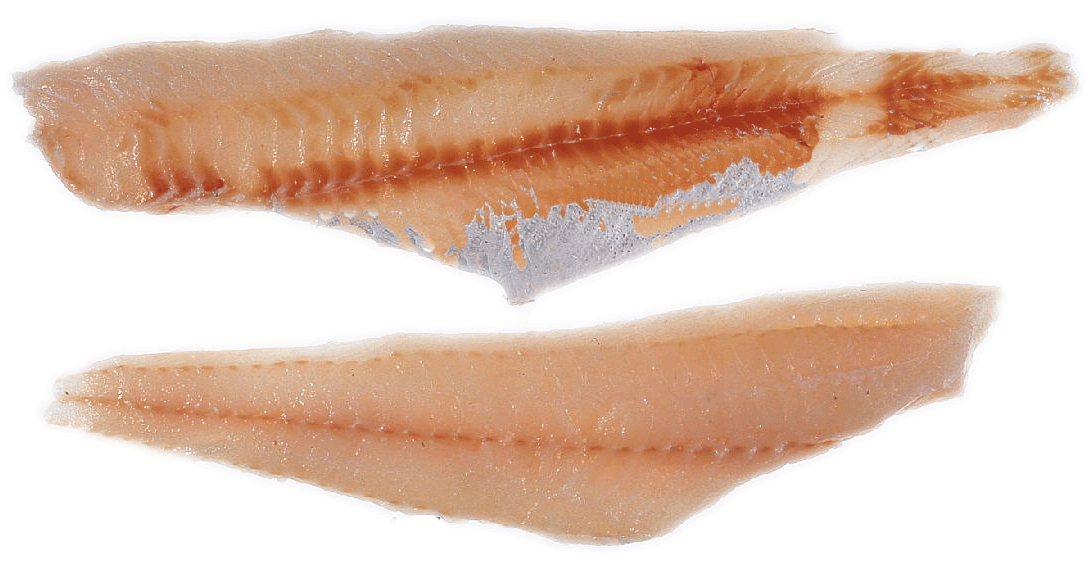|
|
|
||||||||||||||||||||||||||||||||||||||
|
One of the most highly desired fish it is part of the ground fish group that contains haddock, hake, polluck, and cusk. A lean mild tasting fish with flaky white flesh, the Atlantic cod has a sweeter taste than the Pacific.
From the North Pacific and North Atlantic from Greenland south to Delaware. The U.S. ports most landed Boston, Gloucester, Portland, Maryland, Seattle and Alaska. Cod must be carefully inspected as Nematodes, also called round worms are commonly found in its flesh. Nematodes are removed in a process called candling. The Nematodes present no known health risk but are quite unattractive to consumers if found in their finished dish. Lingcod,
Blackcod, Rockcod, and
Whitefish are not real cod
but are sometimes talked about or represented as cod.
|
|||||||||||||||||||||||||||||||||||||||
|
|
|||||||||||||||||||||||||||||||||||||||


 Codfish has speckled skin, three fins n the back and a
square tail. The flesh is less fibrous than the Hake with whiter meat than
the other members of the ground fish group.
Codfish has speckled skin, three fins n the back and a
square tail. The flesh is less fibrous than the Hake with whiter meat than
the other members of the ground fish group.